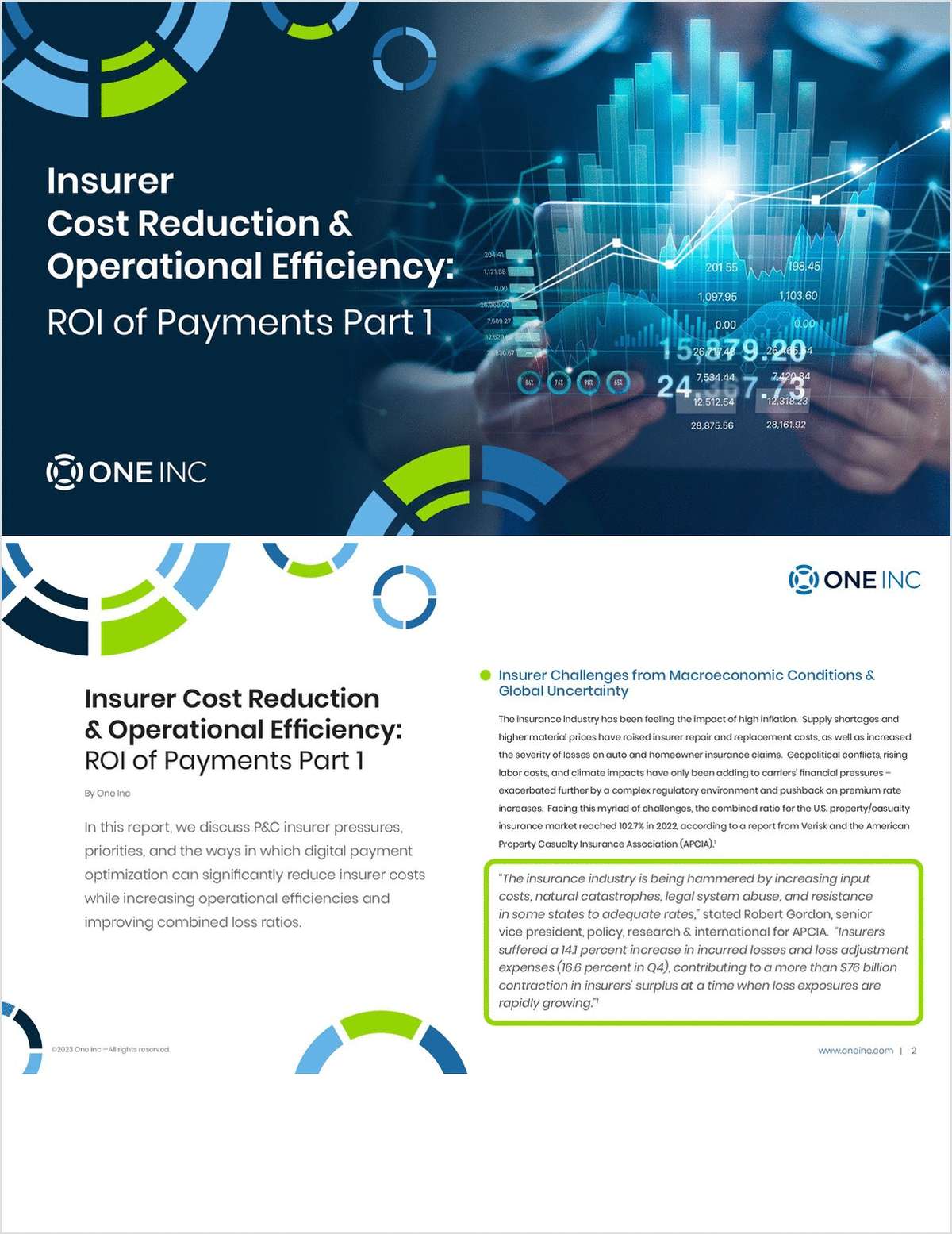Washington
Federal Reserve officials woefully underestimated the potential cost of bailing out American International Group, according to a report issued by the Office of the Special Inspector General for the Troubled Asset Relief Program.
Because of that, and also because it acted more as a creditor than a regulator in stabilizing AIG in September 2008, the Fed wound up paying more than it should have to close out the collateralized debt obligations underlying AIG's huge loss-riddled credit default swap portfolio, the report concluded.
The issues involved in the report concern funds in excess of the $85 billion in original monies that the Fed provided AIG on Sept. 17, 2008 in return for 79.9 percent of the company's stock.
Among the reasons the Fed was hamstrung was that in order to get the original deal done quickly, AIG accepted a proposed private deal that fell through.
The failed transaction negotiated by J.P. Morgan called for an 11 percent interest rate on a $75 billion loan. According to the report, the Fed "inherited the deal" and just added another $10 billion to that. It didn't realize until later that the interest rate was punitive and that the deal would have to be renegotiated, the report said.
The report dealt with $72 billion worth of CDOs sold to counterparties by AIG's Financial Products unit without holding the reserves that would be required of a regulated insurance transaction of an equivalent amount, according to the report.
The report also concluded that the AIG CDS debacle indicated the importance of transparency when the government interacts with a private firm, and said the government underestimated "the enormous impact" that rating agencies had on the AIG bailout.
At the same time, the report indicated that Fed and Treasury Department officials believed a failure to bail out AIG "posed considerable risk to the entire financial system and would have significantly intensified an already severe financial crisis and contributed to a further worsening of global economic conditions."
Officials were mostly concerned about the impact on the American retirement system, the report said, "and determined that AIG's failure would have a global retail impact," notably on stable value funds and variable rate annuities.
The report explained that stable value funds are paired or "wrapped" with insurance contracts to guarantee a specific minimum return. The AIG Financial Products unit had written approximately $38 billion of stable value fund wrap contracts held by more than 200 wrap contract counterparties that would have been at risk if there would have been no bailout, the report said.
These counterparties included trustees and investment managers of company retirement plans and 401(k) plans. Companies cited included Fidelity, Vanguard and the company retirement plans for AT&T, DuPont, Wal-Mart, Bank of America and other U.S. companies.
Also at risk was approximately $20 billion worth of commercial paper issued by AIG that was owned by institutional investors and money market funds "that would likely have taken losses had AIG failed," the report said.
By contrast, in May 2008, Lehman Brothers had $8 billion in commercial paper outstanding–an amount that decreased in the months leading to Lehman's bankruptcy, the report said.
The decision to bail out AIG itself limited the Fed's ability to obtain haircuts–negotiated repayment discounts–in closing out the counterparty deals, the report acknowledged.
"The Federal Reserve Bank of New York was confronted with a number of factors that it believed limited its ability to negotiate reductions in payments effectively, including a perceived lack of leverage over the counterparties because the threat of an AIG failure had already been removed by the FBNY's prior assistance to AIG."
The report also said that officials of the Federal Reserve Bank of New York who negotiated the deal with AIG counterparties believe that the government will ultimately be made whole despite the weak hand the Fed perceived it had in negotiating to close the CDS portfolio during that period.
Specifically, the report said, as of Sept. 30, 2009 the current fair market value of the portfolio the Fed purchased from AIG's counterparties is $25.3 billion compared to a loan balance of $19.3 billion.
The FBNY decided to buy out the counterparties to the CDS "in the fall of 2008″ under terms favorable to AIG's bank counterparties, when the counterparties demanded a high interest rate to continue holding onto the CDS in the face of a potential downgrade of AIG's CDS portfolio by rating agencies, the report said.
The structure and effect of the FBNY's assistance to AIG–both initially through loans to AIG and through asset purchases in special financing vehicles–"effectively transferred tens of billions of dollars of cash from the government to AIG counterparties, even though senior policy makers contend that assistance to AIG's counterparties was not a relevant consideration in fashioning the assistance to AIG," the report noted.
Special Inspector General Neil Barofsky said in his report that "while the FBNY may eventually be made whole on its loans to the special financing vehicle, it is difficult to assess the true costs of the Fed's actions until there is more clarification as to AIG's ability to repay all of its assistance to the government."
Want to continue reading?
Become a Free PropertyCasualty360 Digital Reader
Your access to unlimited PropertyCasualty360 content isn’t changing.
Once you are an ALM digital member, you’ll receive:
- Breaking insurance news and analysis, on-site and via our newsletters and custom alerts
- Weekly Insurance Speak podcast featuring exclusive interviews with industry leaders
- Educational webcasts, white papers, and ebooks from industry thought leaders
- Critical converage of the employee benefits and financial advisory markets on our other ALM sites, BenefitsPRO and ThinkAdvisor
Already have an account? Sign In Now
© 2024 ALM Global, LLC, All Rights Reserved. Request academic re-use from www.copyright.com. All other uses, submit a request to [email protected]. For more information visit Asset & Logo Licensing.








